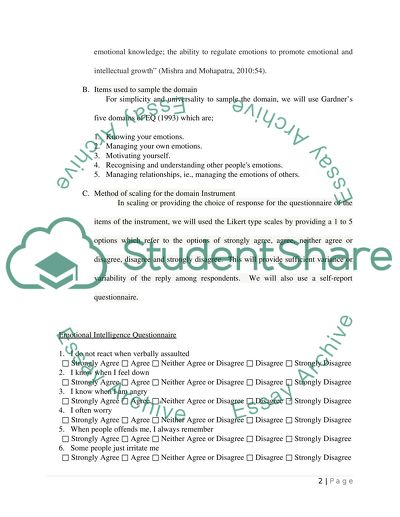Cite this document
(“Emotional Intelligence Psychology Essay Example | Topics and Well Written Essays - 1500 words”, n.d.)
Retrieved from https://studentshare.org/psychology/1431599-emotional-intelligence
Retrieved from https://studentshare.org/psychology/1431599-emotional-intelligence
(Emotional Intelligence Psychology Essay Example | Topics and Well Written Essays - 1500 Words)
https://studentshare.org/psychology/1431599-emotional-intelligence.
https://studentshare.org/psychology/1431599-emotional-intelligence.
“Emotional Intelligence Psychology Essay Example | Topics and Well Written Essays - 1500 Words”, n.d. https://studentshare.org/psychology/1431599-emotional-intelligence.


